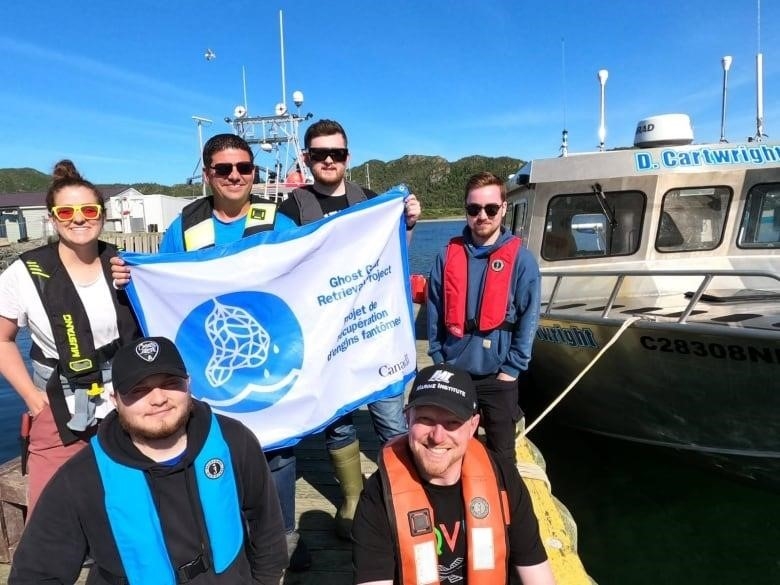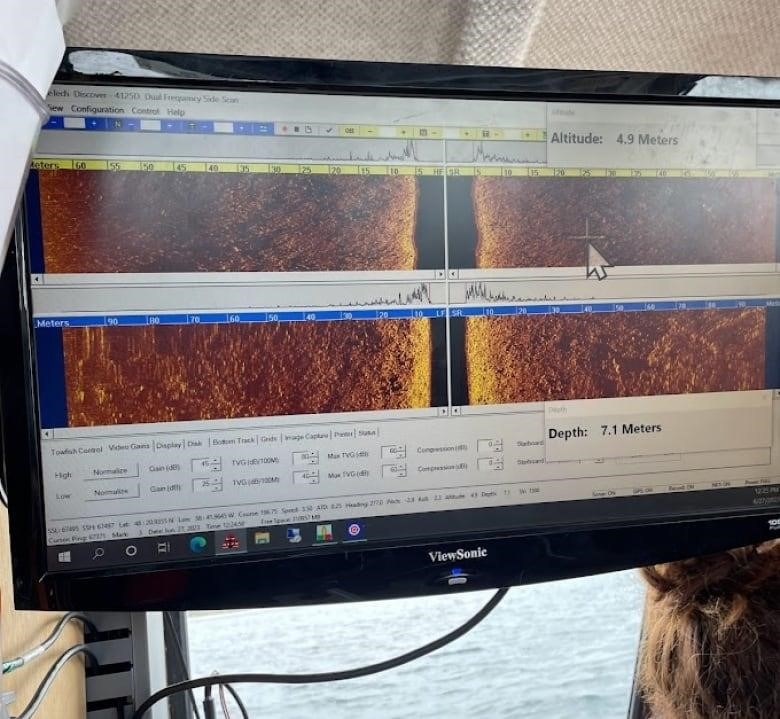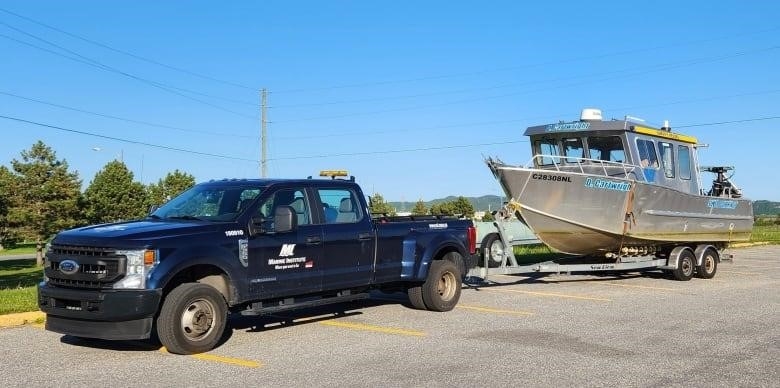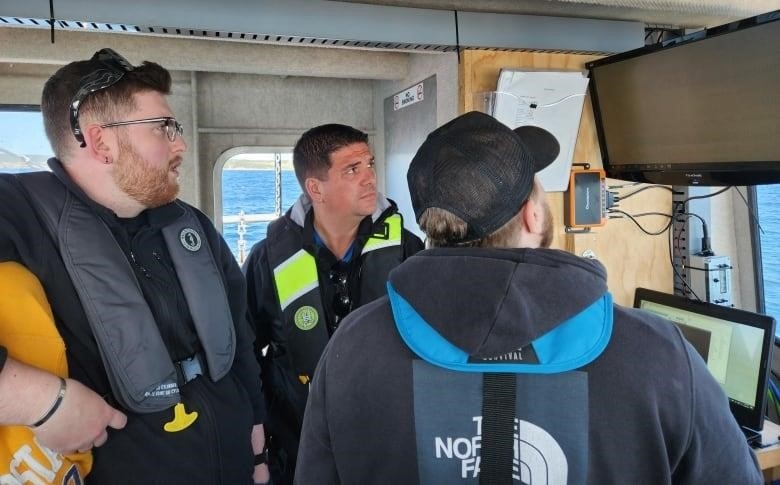Off the southwest coast of Newfoundland, students are helping to look for ghost gear

When Hurricane Fiona hit the southwest coast of Newfoundland last fall, it pushed a lot of fishing gear into the Atlantic Ocean.
Now, the Marine Institute’s Centre for Sustainable Aquatic Resources is making a map of the ocean floor and getting ready to pull some of the “ghost gear” from the depths.
Mark Santos, a fisheries technologist with the Marine Institute who is leading the project, said, “There was a lot of other damage in the area, but this project is focused on the gear.” “A lot of fishermen keep their gear on the wharf, and when the storm came, it swept a lot of that gear out to sea. We are trying to find and get back that equipment.”
Fish and Oceans Canada’s (DFO) ghost gear fund has given more than $1 million to the Centre for Sustainable Aquatic Resources. The area between Cape St. George and St. George’s is being looked over by Santos’ team, which is made up of both Marine Institute staff and students. When the gear is found, it will be sorted and either given back to its owners or recycled. Plans call for work to be done in other parts of the southwest coast as well.
“Ten days on the water,” Santos said Monday. “So far, we’ve found over 800 targets using a side-scan sonar and a multibeam sonar.”
Targets are pieces of possible ghost gear that Santos’s team’s equipment has found. He said that a remotely operated vehicle (ROV) will be used to check the gear and get it back.

“From the shape on the sonar, we think we’re seeing crab and lobster pots,” he said. “Everything from abroad shines. Lobster pots are easy to spot because of their shape.”
Santos said that the team is seeing what it thinks is a lot of old gear, some of which may have been lost before Fiona.
He also said that their multibeam sonar had found something strange: a foreign object in the shape of an airplane.
He said, “We won’t really know what it is until they start the ROV retrieval process.”
The team will be going home in about two weeks.
Santos said that the crew needs some time to look over the data from the last two weeks and put in all of the coordinates so they know where to start the retrieval process.

Santos and his team are currently on the Marine Institute survey ship Cartwright. Local harvesters and the Mi’kmaq Alsumk Mowimsikik Koqoey Association (MAMKA) will help with the retrieval process.
“So, we’ll have more than one boat in the water when we go to get them,” Santos said.
The three students on the Cartwright are having a great learning experience in the meantime.
Marine environmental student John James said, “It’s really cool to get out on the water, learn how to use different technologies, and just help out.”
He said that a lot of his work on the ship has been mapping the ocean. James said that they are seeing a lot of aquatic life as well as ghost gear.

“We’re seeing schools so big that they’re getting picked up by the side scan and multi beam,” James said. “Lots of fish, and lots of whales.”
James also said he saw some dolphins with white beaks.
Santos said that he thinks it’s great that the students are taking part.
He said, “The guys have a chance to be on the water and do good by cleaning up the ocean.”
Find out more from CBC Newfoundland and Labrador
